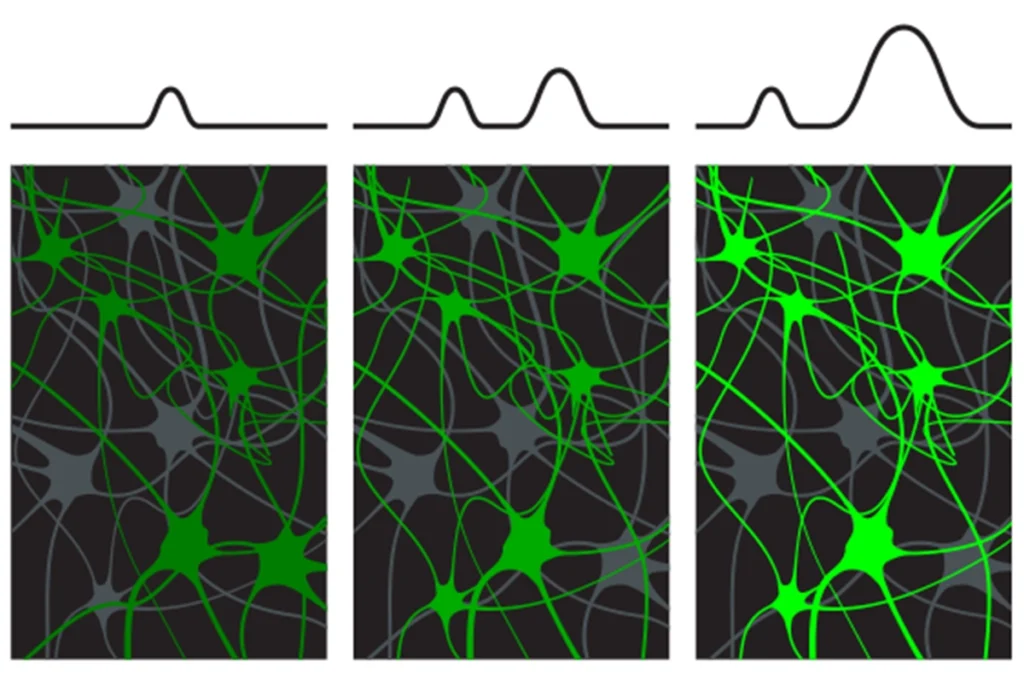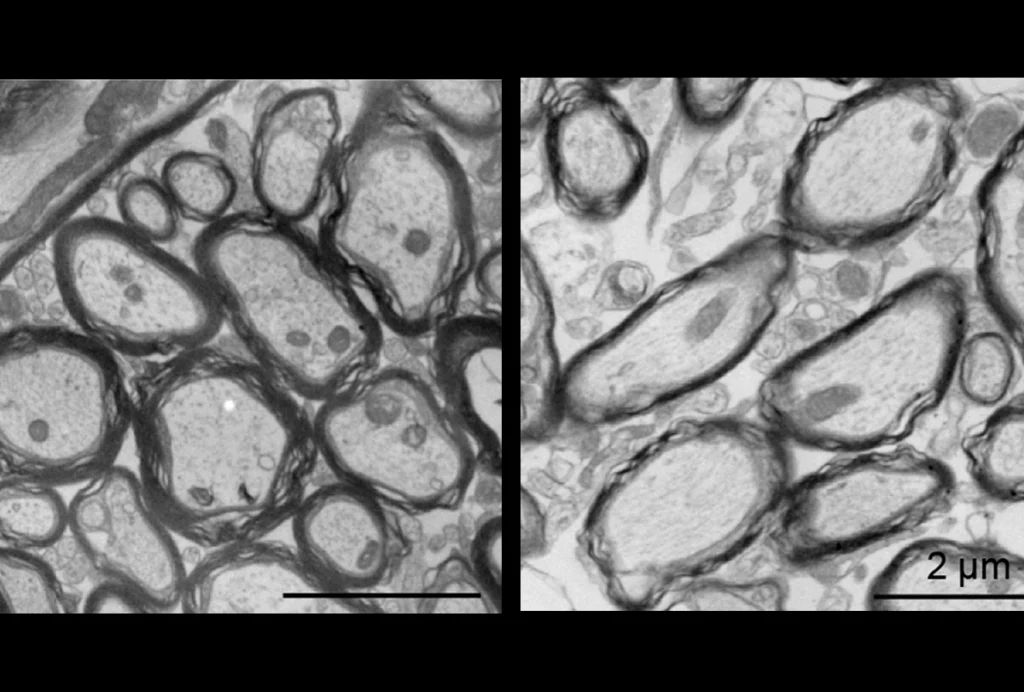Organoid assortment; transgenerational effect; baby translator and more
Researchers can enjoy a complete collection of organoid-related publications, transgenerational effects on the brain are tied to a powerful estrogen, and an app that translates infant cries might aid autism research.
- Mini-organs called organoids are a cutting-edge tool in biomedical research, so much so that Nature Cell Biology named them the Method of the Year for 2017. The journal is so taken with organoids that it is offering a handy repository of dozens of organoid-focused publications, including original research, reviews, methods and protocols, from a variety of Nature journals. The collection debuted 21 May.
- Women who used the synthetic estrogen diethylstilbestrol during pregnancy may have increased odds of having a grandchild with attention deficit hyperactivity disorder, a condition that shows considerable overlap with autism.
Researchers reported that 7.7 percent of grandchildren with exposed grandmothers have the condition, compared with 5.2 percent of those with unexposed grandmothers. The findings, based on data from 47,450 women, were published 21 May in JAMA Pediatrics.
- A smartphone app that translates baby cries for parents might hold the key to early identification of autism. The app, ChatterBaby, requires parents to sign a research consent form, allowing investigators to store de-identified audio files of infant cries. The stored information could link differences in cries to user survey information about the babies, highlighting cries that occur alongside developmental red flags. At least, that’s the ambitious hope of researchers who expect the app’s broad availability to expand the autism research population beyond white, socioeconomically privileged participants, Wired reported 11 May.
“We’re trying to bring the lab to the participants where they are,” computational neuropsychologist and app developer Ariana Anderson told Wired. “Addressing these health disparities starts with having better data.”
- In other digital news, an autism-related app born during a 48-hour hackathon is slated for expansion in the United States. Otsimo, the Turkish startup that developed the app, will offer 50-plus games that focus on specific skills for people with autism, such as learning emotions, MobiHealthNews reported 15 May.
- The JAMA Network has a new open-access generalist medical journal, JAMA Network Open, that debuted 18 May. An inaugural editorial asks what you may be asking, too: Does the world really need another journal? Their answer is obviously yes, and they lay out their rationale for a digital-only, open-access publication that is “moving away from the US-centric focus of so many journals.”
- In other JAMA Network Open news: If you’ve ever wondered how many conference abstracts make it to peer-reviewed publication, here’s one answer. Researchers reported 18 May in the journal that in pediatrics, 27.9 percent of phase 3 randomized clinical trials aren’t published. Those that do make it take an average of 26.48 months from the time of the conference presentation to publication.
- Move over, snake-oil peddlers: Bogus political action committees are the new autism scam in town. A pair of Arizona brothers raked in more than $23 million with a fake political action committee that they claimed was raising money for autism awareness. The two have been arraigned on federal charges related to their scam, NPR reported 18 May.
- Adding to China’s brain power, Shanghai has launched its own brain research institute. Beijing began building a brain science center earlier this year. The two cities are setting out on their own courses as the Chinese government continues work on its ambitious 15-year China Brain Project, announced in 2016 but still in the planning stages. Beijing and Shanghai are likely to become the northern and southern hubs of the national effort once it finally takes off, Science reported 22 May.
- Have you ever read a published research paper and wondered how it got past peer review? A 21 May commentary in The Scientist offers a way to lift the veil on the peer-review process: public peer review, making all reviews available for anyone to read. The writer notes that even though science requires evidence to support claims, journals often provide little to no evidence to support what they say about their own peer-review practices.
- He wears a memorable hat, solves crimes in England and says he has a “fantastic memory.” But he’s not fictional detective Sherlock Holmes. He’s real-life Detective Inspector Warren Hines, who investigates homicide cases and has been on his local police force for 21 years. He also has autism.
Hines, who received his autism diagnosis last year after a bout with depression, says learning about his condition means that his life “now makes sense” to him, Birmingham Live reported 19 May. His autism is a gift for the kind of work he does and makes him a successful homicide investigator, he told Birmingham Live. “I can see things differently to everyone else — vitally important in my role.”
- The Howard Hughes Medical Institute has named 19 new investigators, funding them to the tune of $200 million. Among the 19 are Beth Stevens, a Boston Children’s Hospital researcher who focuses on synaptic pruning, and Edward Boyden, who co-invented optogenetics, a method of using light to control neurons.
- Do you have a new paper coming out? Are you making a career move? Did you see a study or news story that you want to share? Send your news tips to [email protected].
Explore more from The Transmitter

Cocaine, morphine commandeer neurons normally activated by food, water in mice

